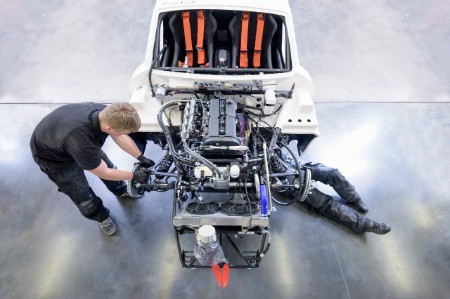Heart versus head: the strategic dilemma
Automakers have been innovators and disruptors. They adopted and refined the assembly-line approach to mass manufacturing, for example, and used it as a competitive weapon to raise product quality while reducing prices. As a result, the industry matured and thrived.
Automakers benefited from high barriers to entry, including expertise in vehicle design and manufacturing, well-organized supply chains, vast dealership networks and massive economies of scale. But as the new mobility industry takes shape, these barriers to entry will become barriers to exit: automakers must overcome them to transition to the open-architecture model of the future.
This strategic dilemma can be described as a struggle between heart and head. The incumbents’ hearts are very much in favor of continuing to do things as they’ve always done them. Yet their heads are telling them that they must welcome the new mobility paradigm if they want to remain viable.
Overcoming challenges requires radical change
How will automakers, as incumbents, succeed in the new mobility industry?
Through our work with clients, interactions with ecosystem stakeholders and our own research, we have identified five inherent challenges automakers must overcome. Converting these challenges into opportunities will require them to radically change their thinking about their customers, business partners, employees and — especially — themselves.
1. Innovation: new ways are the way to go
Automotive has a history of innovation, and today’s car is much more technically. But creating new business models requires innovation that stresses exponentially more diversity of thought, speed of design and embraces risk and failure.
Our experience indicates that few automakers have a solid approach for developing a large portfolio of ideas, evaluating their value, designing sound in-market experiments, learning from failures and understanding when to scale.
This has resulted in automakers employing varying degrees of ideation and experimentation on connected services, mobile apps and vehicle-as-a-service offerings; however, few are engaged in truly innovating ways likely to revolutionize their own business.
2. Connecting with consumers: essential to success
Automakers need to view consumers as individuals for whom experiences, products and services must be personalized. This is especially critical as millennials and generation Z, who have grown up with mobile and on-demand everything, and who prioritize experiences and personalization, become a major portion of the consumer population.
These consumers pay for what they value, but they are increasingly opting out of relationships with service providers if they don’t get what they consider a fair value exchange. This trend is playing out elsewhere, especially in the TV and cable industry, where providers have been forced to offer customized content packages as viewers increasingly refuse to pay for content they don’t want.
But there’s a fundamental problem: automakers lack an ongoing relationship with consumers. After a single purchase or leasing transaction, customer interactions are infrequent and often impersonal. In some instances, the relationship is managed by third-party dealerships. In contrast, potential entrants to the market and leading ride-sharing providers enjoy a much closer connection.
Unless the automakers dramatically improve their ability to interact by gathering, understanding and acting on consumer intelligence, they risk losing customers.


